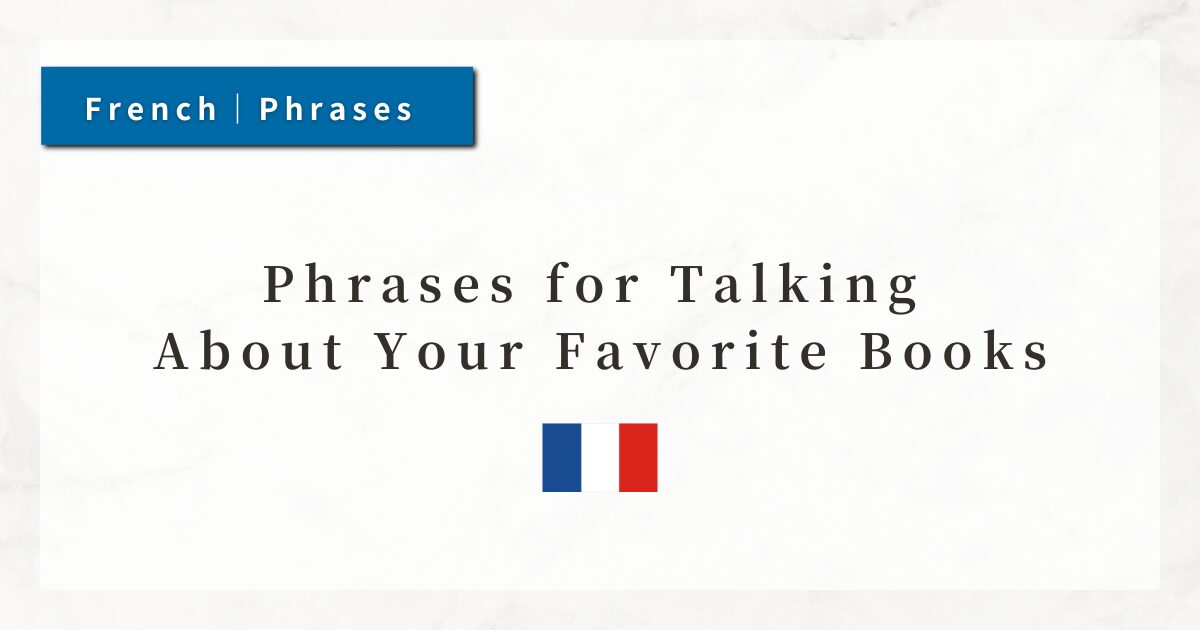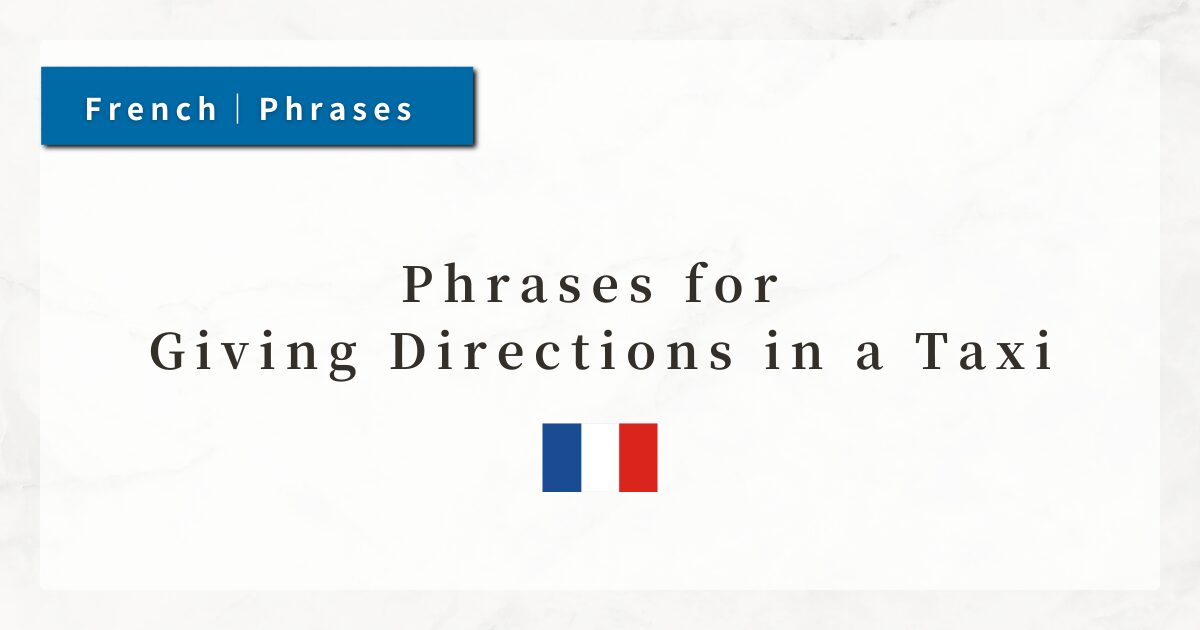#51 Proposing to a Client|French Business Phrases

In business settings, you will often find yourself presenting ideas or projects to clients.
Being able to say politely and naturally in French, “I would like to propose …” or “What do you think of this?” can greatly help in building trust.
Here, I will introduce useful French expressions for making proposals to clients, explaining their grammatical structure and practical usage.
Dialogue

Bonjour, merci de nous recevoir aujourd’hui. Nous aimerions vous présenter une nouvelle idée.
(Hello, thank you for meeting with us today. We would like to present a new idea to you.)

Très bien, je vous écoute.
(Very well, I’m listening.)

Nous pourrions mettre en place une campagne en ligne afin d’augmenter votre visibilité.
(We could launch an online campaign in order to increase your visibility.)

C’est intéressant. Quels seraient les avantages principau
(That’s interesting. What would be the main advantages?)

Cela permettrait d’attirer de nouveaux clients et de renforcer votre image de marque.
(This would help attract new clients and strengthen your brand image.)
1. Basic Expressions to Introduce a Proposal
When beginning a proposal, it is better to use softer expressions such as “I would like to propose …” rather than direct statements.
- Nous aimerions vous présenter une idée.
(We would like to present an idea.) - Nous voudrions vous proposer un projet.
(We would like to propose a project.)
Here, aimerions and voudrions are in the present conditional tense. Literally “would like,” they soften the tone, avoiding a direct or forceful statement.
Compared to simply saying “Nous proposons …” (We propose …), the conditional form is more polite.
2. Useful Structures for Proposals
Rather than simply saying “Let’s do …”, it is often more persuasive to express possibilities or usefulness.
- Nous pourrions mettre en place une campagne.
(We could set up a campaign.) - Il serait intéressant de développer ce projet.
(It would be worthwhile to develop this project.)
Here, “nous pourrions” (we could) leaves room for discussion, while “il serait intéressant de …” presents the idea objectively by pointing out potential benefits.
3. Highlighting Advantages
Proposals become more convincing when you clearly present the benefits for the client.
- Cela permettrait d’attirer de nouveaux clients.
(This would allow you to attract new clients.) - Cela aiderait à renforcer votre image de marque.
(This would help strengthen your brand image.)
Again, the conditional is used to indicate potential outcomes, softening the statement and making it easier for the client to accept.
4. Encouraging the Client’s Opinion
After presenting your proposal, it is important to invite the client’s response. Common phrases include:
- Qu’en pensez-vous ?
(What do you think?) - Est-ce que cela vous conviendrait ?
(Would this suit you? / Would this be convenient for you?)
“convenir à …” means “to suit/fit/be convenient for …” and is often used in business contexts.
5. Linking Expressions to Structure Proposals
In longer presentations, transition phrases are essential for organizing your ideas clearly.
- Tout d’abord, …
(First of all, …) - Ensuite, …
(Next, …) - Enfin, …
(Finally, …)
These connectors help you guide the client logically through your proposal.
Summary
- Nous aimerions / Nous voudrions …
→ Polite opening: “We would like to propose …” - Nous pourrions / Il serait intéressant de …
→ Gentle, considerate proposal expressions. - Cela permettrait / Cela aiderait à …
→ Useful phrases for highlighting benefits. - Qu’en pensez-vous ? / Est-ce que cela vous conviendrait ?
→ Phrases for inviting the client’s opinion. - Tout d’abord / Ensuite / Enfin
→ Connectors for structuring longer proposals.




